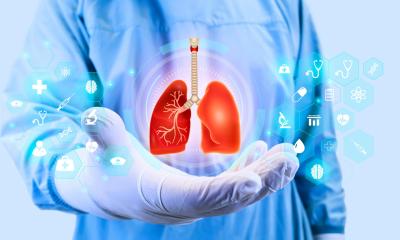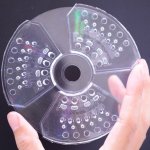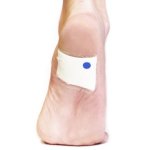
News • Research on new sensing mechanism
Finding signs of lung cancer in exhaled breath
Researchers from China have developed ultrasensitive, nanoscale sensors that in small-scale tests distinguished a key change in the chemistry of the breath of people with lung cancer.



























